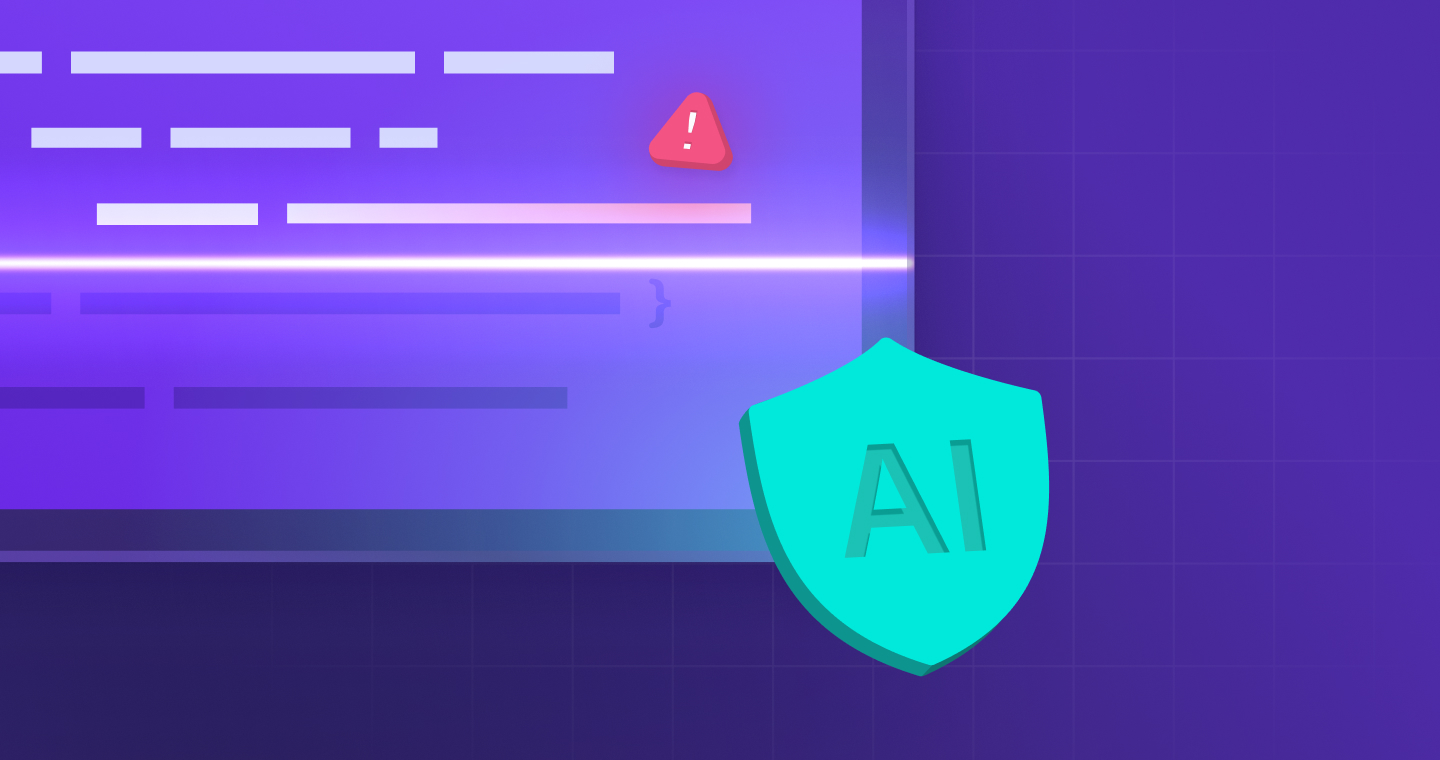
The need to shift left
The pressure to deliver quickly and efficiently is pervasive. Speed often comes at the expense of security. To address this, the “shift left” philosophy has gained traction among development teams. This emphasizes the importance of integrating security measures early in the development lifecycle, rather than as an afterthought. We have also spoken about the need for security to be integrated throughout the entire SDLC – allowing you to secure your applications from the very first line of code, to runtime and deployment in the cloud.
The rationale behind this strategy is straightforward: identifying and resolving security issues during the initial stages of development is significantly more cost-effective and less risky than making changes after deployment. By addressing security considerations earlier in the development process teams can prevent future headaches. This can also help get software to production faster, as it’s easier to fix in the development cycle.
The best way to secure applications is to bake security into the code from the start. Developers play a critical role in securing the software by adopting security best practices. However, that’s easier said than done. There is a gap between theoretical best practices and truly embedding security into development.
The security gap in software development
Software developers aren’t security experts. According to the Forrester report, “Show, Don’t Tell, Your Developers How To Write Secure Code,” none of the top 50 undergraduate computer science programs in the United States require a secure coding or secure application design class.
Bridging the skills gap and fostering security awareness among developers is critical. This is why Checkmarx offers security training such as Codebashing. However, training doesn’t equal instant changes. As a result, developers are relying on AI-generated coding due to the speed it provides and the mistaken belief that AI-generated code is somehow more secure.
The new frontier of AI-generated code
Traditional software development workflows are being reshaped with the proliferation of AI-generated code. GenAI tools, such as GitHub Copilot or Amazon CodeWhisper, fundamentally alter the coding process by providing suggestions, autocompleting code, and automating repetitive tasks. This shift represents a significant advancement in the field, with AI-driven assistants seamlessly integrated into coding workflows, enhancing human capabilities, and expediting development cycles.
AI-generated code is a double-edged sword. While it offers the potential of productivity boosts and tapping into collective knowledge, there are potential risks. Research into the increasing prevalence of AI-generated code and its potential to redefine software engineering practices, has also identified the potential of reduced code quality and security risks.
Often ignored by developers, AI tools can generate insecure code. According to research, “Participants with access to an AI assistant were also more likely to believe they wrote secure code, suggesting that such tools may lead users to be overconfident about security flaws in their code.”
Introducing real-time scanning in the IDE
Real-time scanning in the IDE offers a security best practice for developers that complements Checkmarx SAST. It analyzes and provides real-time insights for:
- Human-generated code as it’s being written by software developers
- AI-generated code using tools such as GitHub Copilot
This is a plugin for Visual Studio Code, and it scans in milliseconds, providing instant responsiveness in the IDE and even can scan source code repositories. In internal tests, we scanned over 1 million lines of code in under 10 seconds – much faster than other “developer-friendly” solutions.
Security best practices
Real-time scanning in the IDE provides the first step to ensure that source code follows security best practices. It’s not intended to replace thorough testing by your application security team or that undertaken by Checkmarx SAST, but rather to ensure that code – particularly AI-generated code – follows secure coding best practices. It does not test an entire application, but rather code snippets – a specific line of code plus the nearby lines of code. The scope of the analysis is a relevant short piece of code. By providing a few lines of code, the scanner provides a security review and points to potential issues that a developer should consider.

Unlike a complete SAST scan, it doesn’t find attack vectors such as SQL injection. It works by analyzing the adjoining lines of code so, unlike complete SAST solutions, it is not fully application aware. It looks at the “micro” — a few lines of code and provides suggestions for remediating the code snippets.
This makes it easy for developers to fix their code as they are writing it.

This is a win-win for security. By giving developers the opportunity to implement security best practices, it produces less and more accurate SAST results for the AppSec team.
How to get it
Real time insights are available in a freemium model. Users can get real time insights within a command line interface (CLI) executable available for free.
Additional features and real-time in-IDE scanning are available for customers with the “AI Security“ package. If you’re an existing customer, contact your account manager for more details. Not yet a customer? Get a free demo.
The post Introducing Real Time IDE Scanning – More Secure Code in Real Time appeared first on Checkmarx.com.
Article Link: Introducing Real Time IDE Scanning